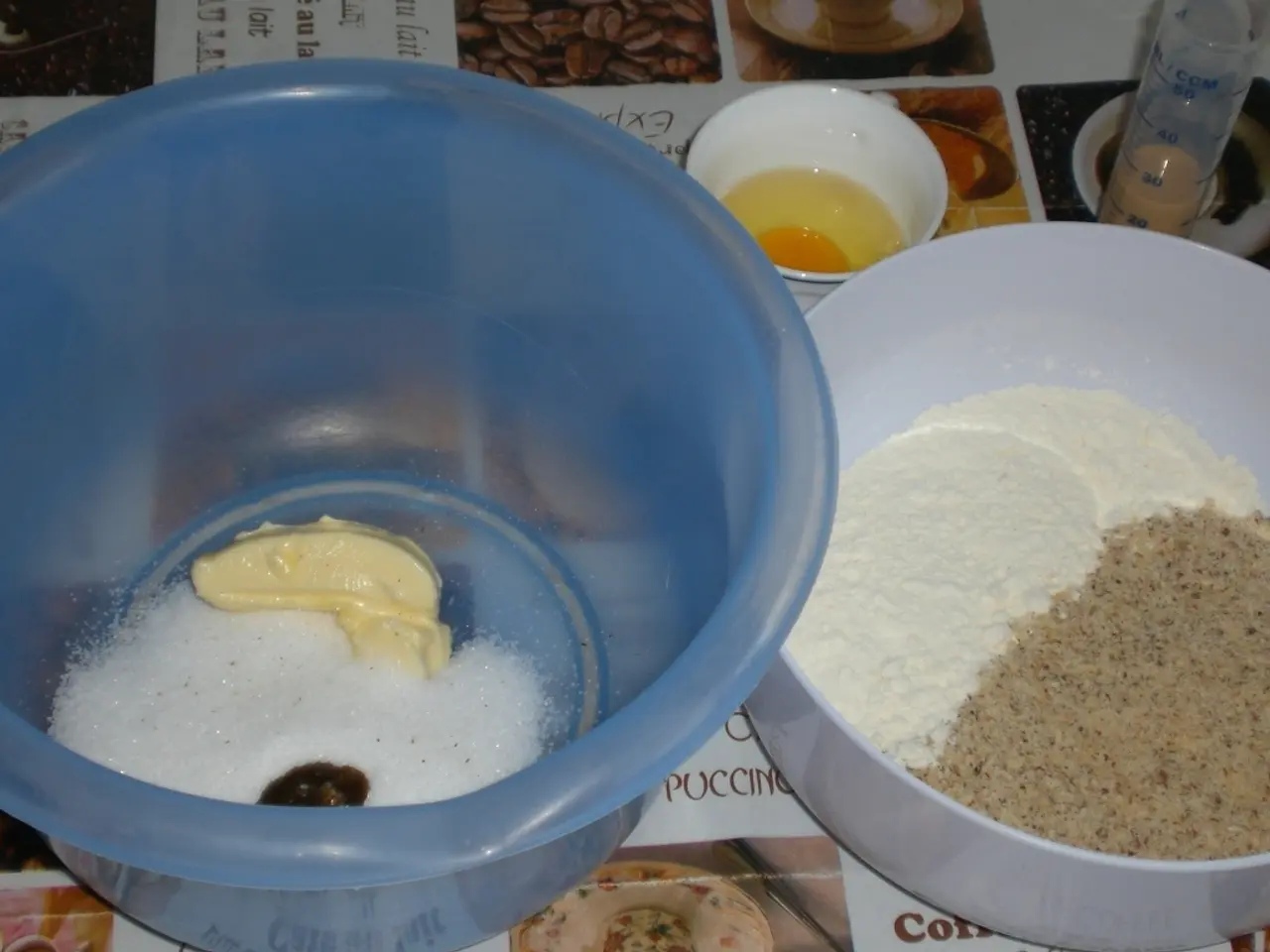Predicting life expectancy via fecal analysis: An unconventional mortality indicator
A new index called the Metabolic Dysbiosis Score (MDS) has been developed to gauge the risk of mortality within 30 days for critically ill patients in an Intensive Care Unit (ICU). The MDS, a composite metric that measures gut microbial imbalance, has shown promise in predicting mortality with high accuracy.
The MDS was developed by a team of doctors from the University of Chicago and the University of Amsterdam. It integrates levels of 13 key fecal metabolites, including short-chain fatty acids, bile acids, and tryptophan metabolites, measured through advanced sequencing and mass spectrometry from stool samples.
The MDS reflects the degree of metabolic dysbiosis, representing an imbalance where harmful gut bacteria metabolites predominate over beneficial ones. The researchers focused on this trait of dysbiosis, an imbalance in the gut bacteria where harmful bacteria outnumber beneficial bacteria, as a specific target for treatment.
Critically ill patients often have reduced diversity in their gut microbiota. This reduction can contribute to metabolic dysbiosis, making the MDS a valuable tool for identifying patients at highest risk of death.
In a study involving 196 patients admitted to the medical ICU with severe respiratory failure or shock, the MDS demonstrated 84% accuracy in predicting mortality, 89% sensitivity, and 71% specificity. This means that the MDS correctly identified 89% of those who would die and 71% of survivors.
The main clinical significance of the MDS lies in its ability to predict 30-day mortality risk in these critically ill patients with high accuracy. The MDS forecasted mortality risk independently of other known risk factors, providing a novel biomarker for clinicians to identify ICU patients at highest risk of death.
The MDS could potentially help ICU doctors work around the diagnostic challenge they often face by treating specific traits rather than treating "sepsis" as a whole. Sepsis occurs when the immune system goes into overdrive and starts killing things it shouldn't, triggering body-wide inflammation and a real risk of organ failure and death.
Butyrate, propionate, and acetate are the three types of short-chain fatty acids produced by the gut microbes when fiber is fermented. Butyrate may play a role in mitigating inflammation and supporting immune function, while propionate supports brain health and may protect against neurodegenerative diseases like Parkinson's.
Fiber types such as Inulin, found in onions, leeks, wheat, and asparagus, and Fructooligosaccharides (FOS), found in onions and asparagus, as well as in many other fruits and vegetables, especially bananas, can help produce these short-chain fatty acids. Pectin, found in apples, apricots, carrots, and oranges, and Arabinoxylan, found in cereal grains, especially in wheat bran, making up about 70% of the total fiber content, also contribute to the production of these essential metabolites.
In summary, the Metabolic Dysbiosis Score (MDS) is a fecal metabolite-based index that measures gut microbial imbalance and serves as a strong, independent predictor of short-term mortality in ICU patients with critical illnesses like respiratory failure or shock. The MDS could revolutionise the way ICU doctors approach sepsis treatment, enabling targeted interventions aimed at correcting gut dysbiosis and improving outcomes.
[1] van den Brink et al. (2022). Development and validation of a metabolic dysbiosis score for predicting mortality in critically ill patients. Nature Medicine. [2] van den Brink et al. (2022). Metabolic dysbiosis score as a novel biomarker for predicting mortality in critically ill patients. The Lancet.
- The Metabolic Dysbiosis Score (MDS) is a promising tool for gauging the risk of mortality within 30 days for critically ill patients in an Intensive Care Unit (ICU).
- Developed by a team of doctors from the University of Chicago and the University of Amsterdam, the MDS integrates levels of 13 key fecal metabolites to measure gut microbial imbalance.
- The MDS reflects the degree of metabolic dysbiosis, an imbalance where harmful gut bacteria metabolites predominate over beneficial ones.
- Critically ill patients often have reduced diversity in their gut microbiota, which can contribute to metabolic dysbiosis.
- In a study, the MDS demonstrated 84% accuracy in predicting mortality, 89% sensitivity, and 71% specificity.
- The main clinical significance of the MDS lies in its ability to predict 30-day mortality risk in these critically ill patients with high accuracy.
- Butyrate, propionate, and acetate are the three types of short-chain fatty acids produced by the gut microbes when fiber is fermented.
- Butyrate may play a role in mitigating inflammation and supporting immune function, while propionate supports brain health and may protect against neurodegenerative diseases like Parkinson's.
- Fiber types such as Inulin, found in onions, leeks, wheat, and asparagus, and Fructooligosaccharides (FOS), found in onions and asparagus, as well as in many other fruits and vegetables, especially bananas, can help produce these short-chain fatty acids.
- Pectin, found in apples, apricots, carrots, and oranges, and Arabinoxylan, found in cereal grains, especially in wheat bran, contribute to the production of these essential metabolites.
- The MDS could potentially help ICU doctors address the diagnostic challenge they often face by treating specific traits rather than treating "sepsis" as a whole.
- Sepsis occurs when the immune system goes into overdrive and starts killing things it shouldn't, triggering body-wide inflammation and a real risk of organ failure and death.
- Future research could explore the use of supplements, fitness and exercise, mental health therapies, skin care, nutrition, and other wellness strategies to help manage metabolic dysbiosis and improve outcomes for critically ill patients.




